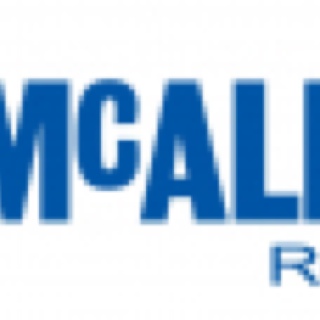Information
-
Audit Title
-
Client / Site
-
Conducted on
-
Prepared by
-
Involved Personnel
HIGH IMPACT AUDIT - EQUIPMENT STANDARD
-
Select date
-
Asset Number
-
Equipment Type
-
Asset Photograph
2. EQUIPMENT SAFETY REQUIREMENTS
-
2.1 Effective reversing alarms are fitted to mobile equipment
-
2.2 Items of mobile equipment are equipped with suitable and effective service and park brakes
-
2.3 Motor vehicles are equipped with effective headlights, brake lights, reversing lights, tail lights and turn indicators.
-
2.4 Operating controls are suitably and legibly identified
-
2.5 Seats are fitted with head restraints, where appropriate, or required by the Australian Design Rules (ADR)
-
2.6 Light vehicles with internal cargo space are equipped with cargo carriers
-
2.7 Audible warning devices which can be sounded prior to vehicle movement are provided on mobile equipment where required
-
2.8 Flashing lights are provided, are effective and operating on all light service vehicles, vehicles used to transport personnel and slo moving vehicles at the mine.
-
2.9 Motor vehicles are equipped with devices to improve vision in blind spots.
-
2.10 Adequate provision has been made to always allow 3 points of contact when accessing and egressing mobile equipment
-
2.11 Adequate provision is made for fall prevention measures to always be taken when carrying out cleaning or maintenance operations from a height on mobile equipment
-
2.12 Mobile equipment is provided with identification markings of a suitable size that allows identification of the vehicle
-
2.13 All motor vehicles are equipped with adequate seating for all personnel
-
2.14 Elevated flag indicators are installed on light vehicles which operate in the vicinity of large mobile equipment
-
2.15 Motor vehicles are equipped with seat belts for all personnel
-
2.16 Enhanced visibility reflectors or devices are fitted on all appropriate light vehicles
-
2.17 Earth moving machinery, modified earth moving machinery ( including water carts & service vehicles ) and agricultural tractors are equipped with a roll over protection structure ( ROPS ) conforming to that applicable Australian Standards or equivalent standards.
-
2.18 Collision avoidance technology has been investigated for relevant machinery
-
2.19 Driver monitoring for fatigue is undertaken
-
2.20 Regular monitoring of driver performance is undertaken.
-
2.21 Two-way communication is available for use in all mobile equipment
-
2.22 Overhead protective devices are installed on all trackless underground mining equipment that is fitted with operator controls on the machine, including drills trucks, loaders, bulldozers, and excavators; and all service units which are operated in stopes and in the mining of development headings.
-
2.23 Hand held fire extinguishers appropriate to the fire risk for the vehicle are installed, easily accessible and properly maintained on all mobile equipment.
-
2.24 There is a formal system in place to review all fire hazards to large mobile equipment to with the associated risks of fire having been assessed on mobile equipment >125 kW
-
2.25 The automatic fire suppression system installed has been inspected and / or tested according to the OEM requirements
-
2.26 Where mobile equipment poses a risk of entrapment a second means of safe egress is provided
-
2.27 Safety fittings ( e.g. Double safety chain attachments and brake lights connections ) are fitted on all vehicles used to toe trailers
-
2.28 Mobile cranes are equipped with pre-warning bumper and tag lines
-
2.29 Mobile equipment cabins are provided to protect drivers from hazardous working environments including cold, heat, dust, fumes and excessive noise and vibration
-
2.30 Appropriate guarding is fitted to mobile equipment to prevent injury or ignition potential
Recommendations
-
List all identified recommendations for this specific item of plant
Authorisation
-
The above information is a true and accurate reflection at the time of the inspection
-
Person who completed the inspection












